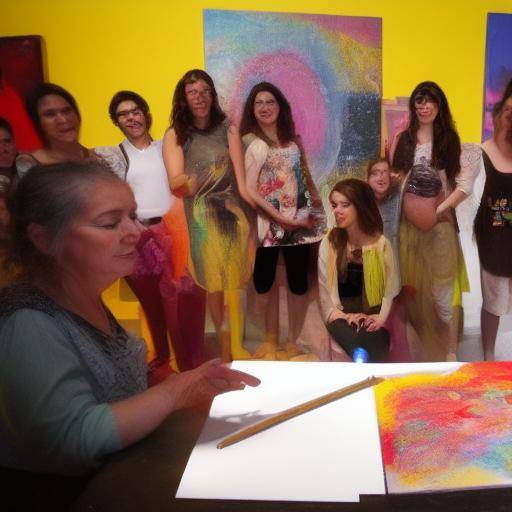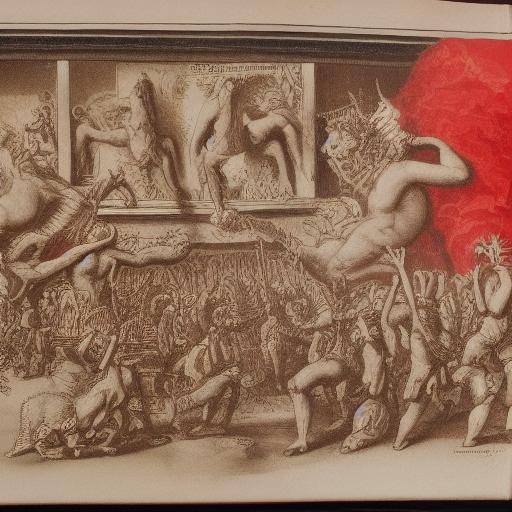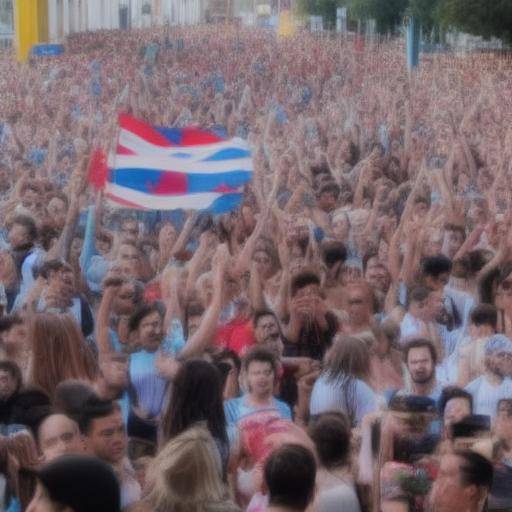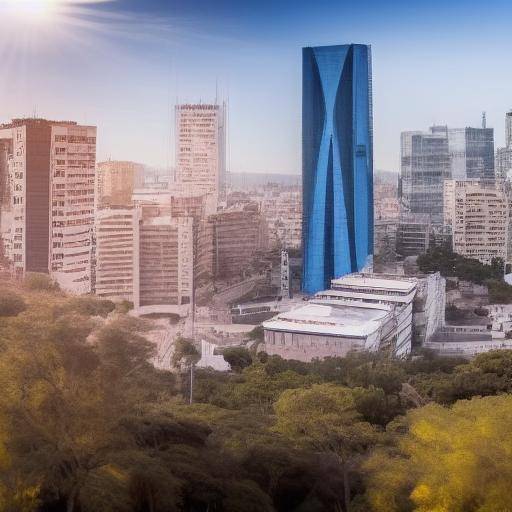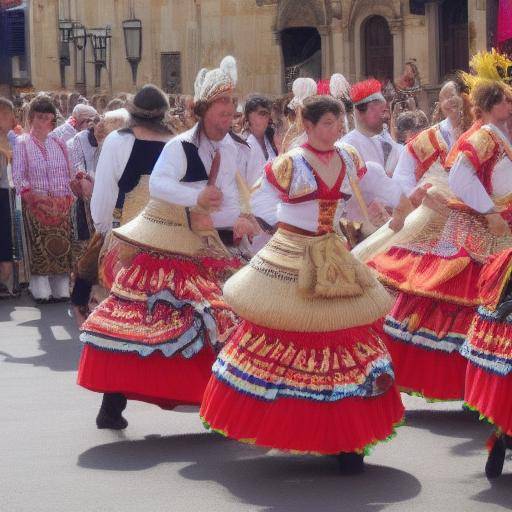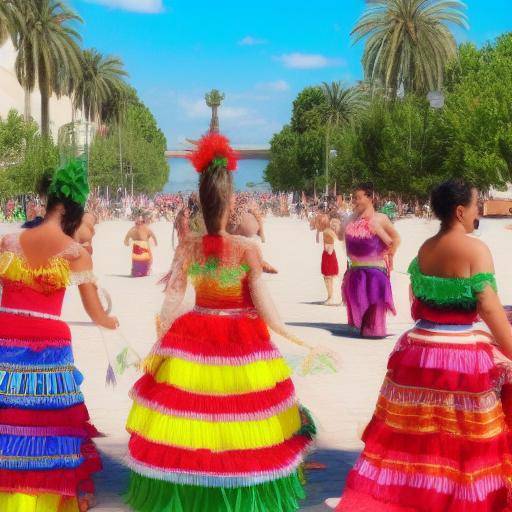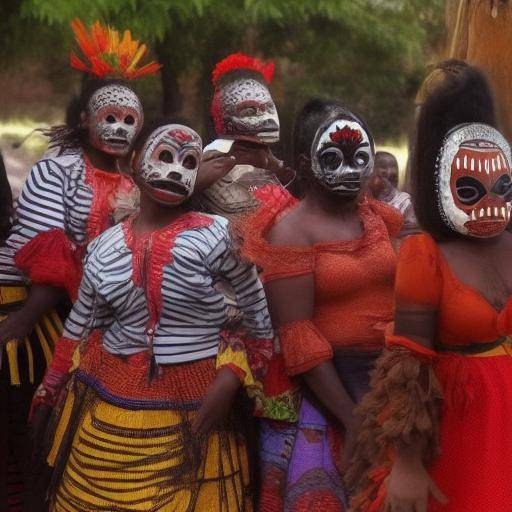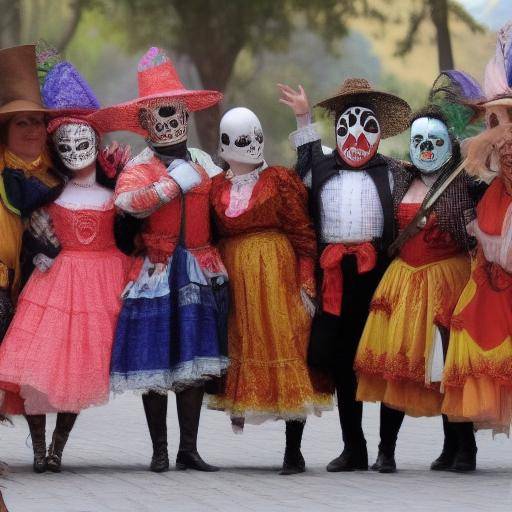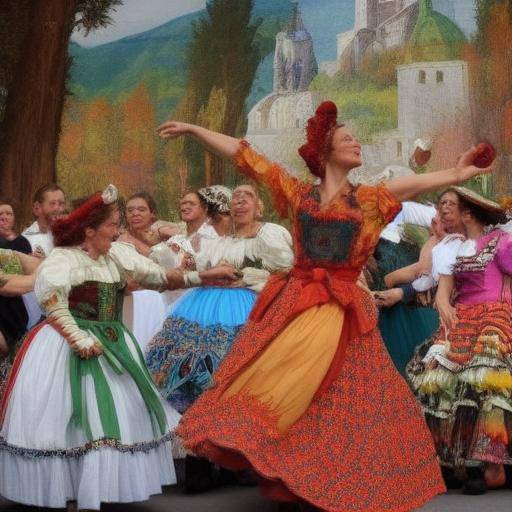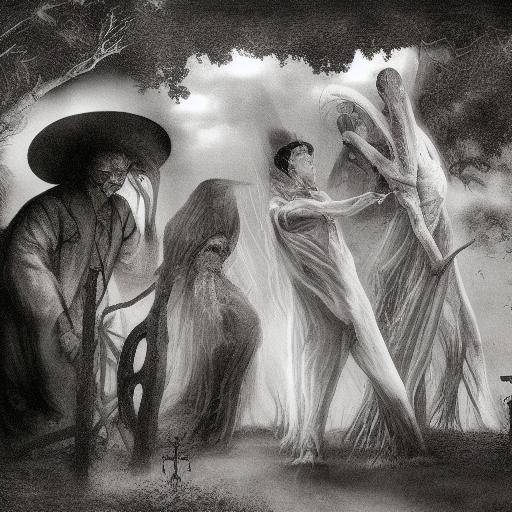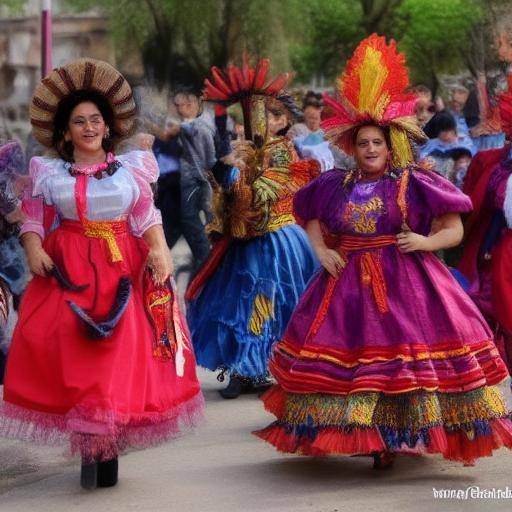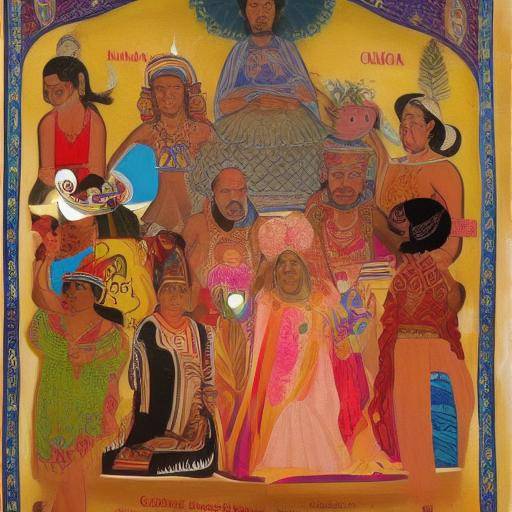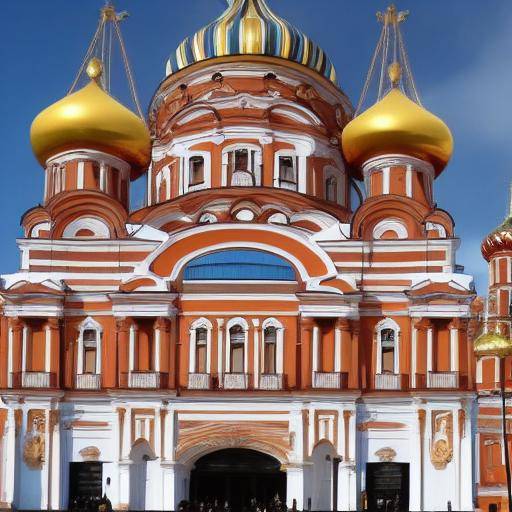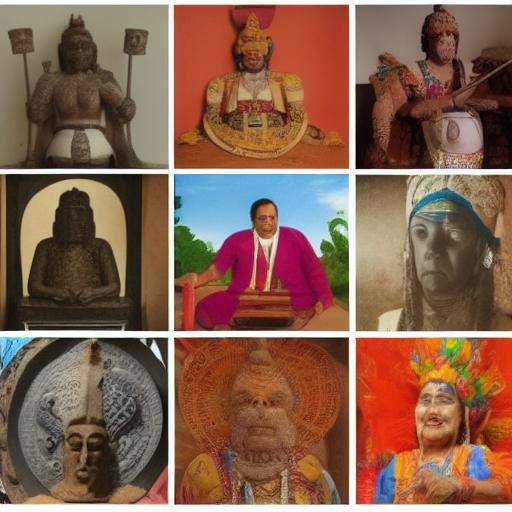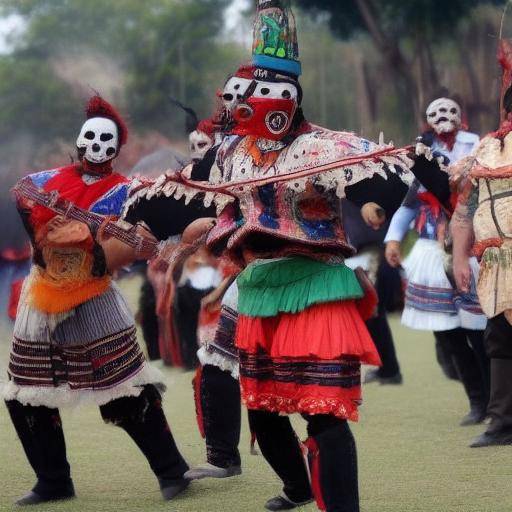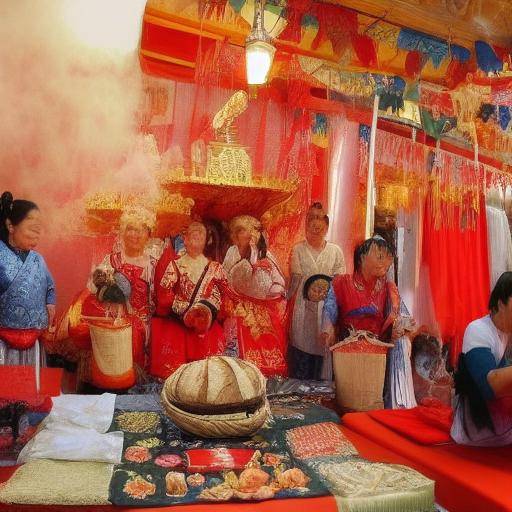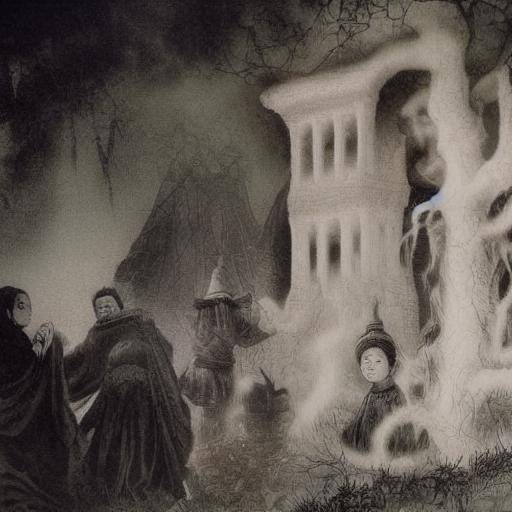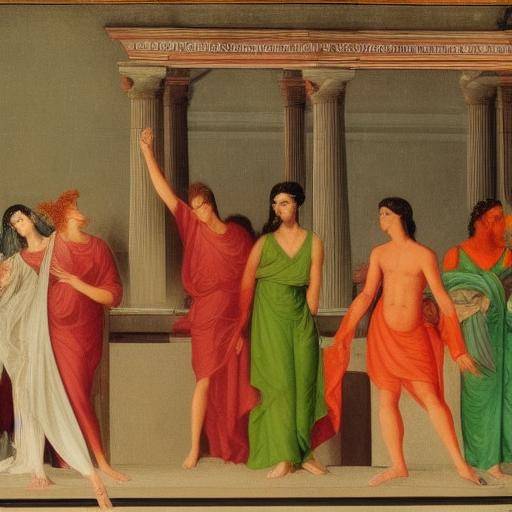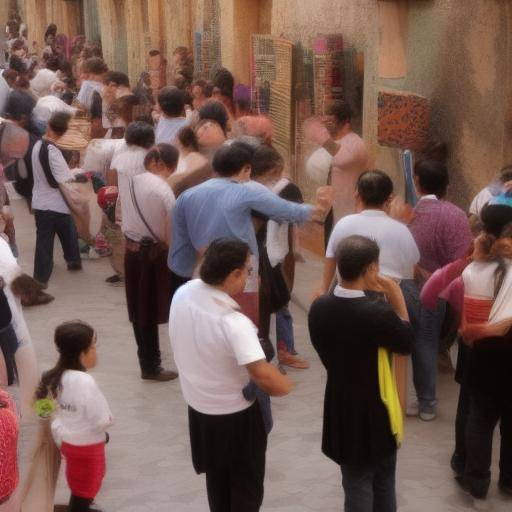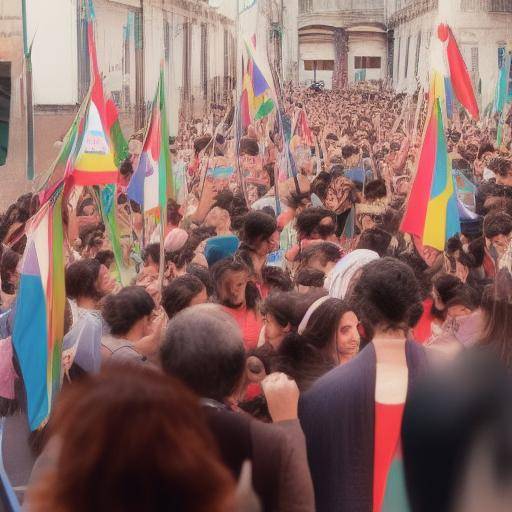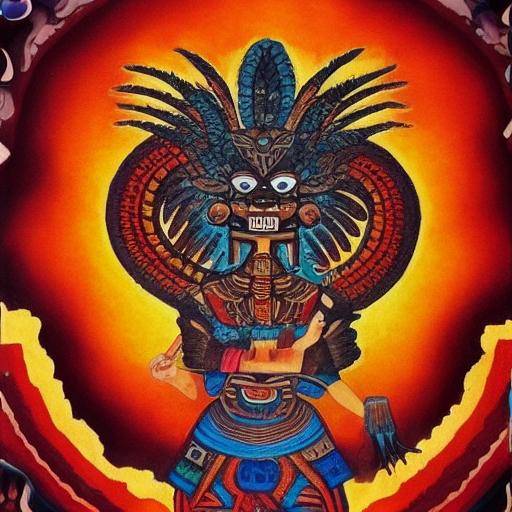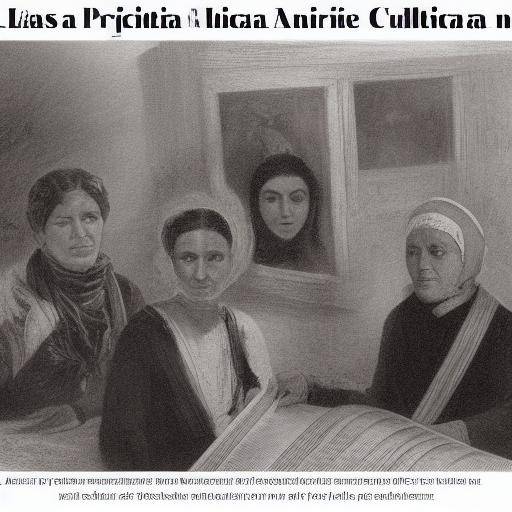
Introduction
Pyramids have been an iconic symbol of ancient pre-Columbian civilizations, awakening the interest and curiosity of people around the world. In this article, we will thoroughly explore the cultural meaning, pre-Columbian myths and the legacy of these majestic structures. From its mysterious construction to its importance in the worldview of pre-Columbian civilizations, this journey will immerse us in a fascinating journey through time and space, revealing the greatness and mystery surrounding pyramids. Get ready to unravel the secrets of these architectural wonders!
History and Background
Pyramids, mainly associated with civilizations such as Mayas, Aztecs and Incas, have a rich history and significant cultural importance. These imposing structures not only served as ceremonial centers, but also symbolized the connection between the earthly and the spiritual world for these ancient civilizations.
Origins and Evolution
Pyramids in pre-Columbian culture go back thousands of years, with their construction and use evolving over time. From the impressive pyramid complex in Teotihuacán to the enigmatic structures of Chichen Itzá, each embodies unique architectural complexity and ritualistic significance.
In terms of construction, the methods used by these civilizations to build these imposing structures remain the subject of discussion between archaeologists and scientists. The precision with which they lined up with the stars and their role in the daily lives of pre-Columbian communities is another fascinating aspect that continues to captivate experts and enthusiasts alike.
Importance and Cultural Significance
The pyramids were much more than simple monuments; they were ceremonial, political and religious centers that reflected the beliefs and values of each civilization. For the Mayas, for example, pyramids were a reflection of the cosmos, each aligned with specific cardinal points and stars, while for the Aztecs, the construction of the Great Pyramid of Tenochtitlán symbolized the centrality of its political and religious power.
In this context, pyramids become a treasure of knowledge about the beliefs, myths and rituals of ancient pre-Columbian cultures. The importance of agriculture, worship of the gods and the cycle of life and death was reflected in hieroglyphics, mural paintings and other elements associated with these monuments.
Analysis in Deep
Pre-Columbian pyramids, beyond their cultural significance, have challenged the passage of time and present challenges and opportunities for the conservation and understanding of our heritage.
Conservation Challenges and Opportunities
The preservation of pre-Columbian pyramids is crucial given their historical and cultural importance. However, factors such as climate degradation, human activity and uncontrolled tourism pose significant challenges. The application of modern technologies, such as laser scanning and monitoring systems, has proven to be vital for the conservation and study of these millennial structures.
Research and Current Studies
The continuing academic and scientific interest around pre-Columbian pyramids has led to important discoveries and research. The analysis of mural paintings, artifacts and burials associated with pyramids has revealed valuable knowledge about funeral practices, agriculture, astronomy and other aspects of the life of these ancient civilizations.
Comprehensive review
Pre-Columbian pyramids continue to generate a lasting impact on various fields, from tourism to cultural perception### Impact on Tourism and Education
The tourist attraction of pre-Columbian pyramids is undeniable, attracting millions of visitors every year. However, the sustainable management of tourism in these historic sites is critical to preserving its integrity and legacy. In addition, as educational tools, pyramids offer an invaluable opportunity to learn about the history, architecture and traditions of pre-Columbian civilizations.
Influence in Contemporary Art and Culture
The impact of pre-Columbian pyramids extends beyond its historical context. Its influence is reflected in contemporary art, architecture and culture, inspiring artists, filmmakers and designers from around the world. This lasting legacy has transcended the barriers of time and space, keeping alive the heritage of these ancient civilizations for future generations.
Comparative analysis
In exploring pre-Columbian pyramids, it is essential to highlight the similarities and differences between different civilizations and to understand their legacy in contemporary culture.
Similarities and Differences between Civilizations
Despite the geographical and temporal differences, the similarities in architecture, symbolism and cosmology among pre-Columbian civilizations are evident. Religious practices and relationship with nature also reveal common patterns despite cultural variations. Understanding these similarities and differences is fundamental for a holistic appreciation of pre-Columbian pyramids.
Importance of Cosmovision and Pre-Columbian Myths
The cosmovision and pre-Columbian myths played a central role in the construction and role of pyramids. The concepts of cyclical time, the veneration of divinities related to nature and belief in life after death are intertwined in architecture and rituals associated with pyramids. This integral approach to life and the universe characterizes pre-Columbian cosmovision and exerts a lasting influence on the understanding of the contemporary world.
Practical Tips and Accessible Recommendations
In exploring pre-Columbian pyramids and their cultural significance, it is crucial to consider their impact and relevance today, as well as to take practical steps to preserve and promote their legacy.
Recommendations for Preservation and Responsible Access
The preservation of pre-Columbian pyramids requires a holistic approach that includes physical conservation, tourism management and education. Implementing sustainable conservation measures, promoting responsible access to sites and raising awareness of their importance are critical steps to safeguard these historic wonders for future generations.
Active Participation in Education and Sensitization
The promotion of education and awareness of the cultural significance of pre-Columbian pyramids is essential to keep their heritage alive. Involving local communities, educational institutions and the general public through educational programs, exhibitions and interactive activities can promote greater understanding and appreciation of these iconic structures.
Conclusions and FAQs
Conclusions
Pre-Columbian pyramids represent an invaluable treasure that transcends the barriers of time, connecting current generations with ancient civilizations. Their cultural significance, the pre-Columbian myths they embody and their legacy today continue to fascinate and enrich our understanding of history and cultural diversity.
Maintaining and protecting these architectural wonders is a shared responsibility that requires a commitment to preservation, education and respect for their cultural significance.
Frequently asked questions
1. What is the most famous pyramidprecholombin and why is it important?
The most famous pre-Columbian pyramids include the Sun Pyramid in Teotihuacán, Chichen Itza on the Yucatan peninsula and the Kukulkán Pyramid, among others. These structures are important because they represent amazing architectural achievements and offer a window to the world of pre-Columbian civilizations, their religious beliefs and their cosmovision.
2. How were the Pyramids built?
The construction of pre-Columbian pyramids involved advanced engineering techniques, large stone blocks management, and deep astronomical and mathematical knowledge. The specific details of their construction remain the subject of research and debate among archaeologists.
3. What is the relationship between pre-Columbian pyramids and astronomy?
Pre-Columbian pyramids are closely linked to astronomy. Many of these structures are aligned with key cardinal points and astronomical events, suggesting a deep understanding of celestial movements and their importance in the beliefs and activities of pre-Columbian civilizations.
4. What myths and legends are associated with pre-Columbian pyramids?
Pre-Columbian pyramids are surrounded by a rich tradition of myths and legends that reflect religious beliefs, the cycles of nature and the gods venerated by these civilizations. These mythical narratives offer a unique vision of the pre-Columbian cosmovision and its interpretation of the world around them.
5. What is the current impact of pre-Columbian pyramids on contemporary culture?
Pre-Columbian pyramids continue to exert a significant influence on contemporary culture, from art and architecture to spirituality and cosmovision. Its lasting legacy continues to inspire artists and academics, keeping alive the heritage of these ancient civilizations in the modern world.
6. What are the current challenges in preserving pre-Columbian pyramids?
The challenges in preserving pre-Columbian pyramids include climate degradation, the impact of mass tourism and the need to implement sustainable practices for conservation. The balance between the protection of these structures and responsible access to them is essential to guarantee their legacy for future generations.
With this we conclude our journey through the meaning of pyramids in pre-Columbian culture. We hope that this journey has lit your curiosity and enriched your understanding of these majestic structures that continue to captivate the world. Explore beyond its imposing presence and discover the lasting legacy of pre-Columbian civilizations through its pyramids!





